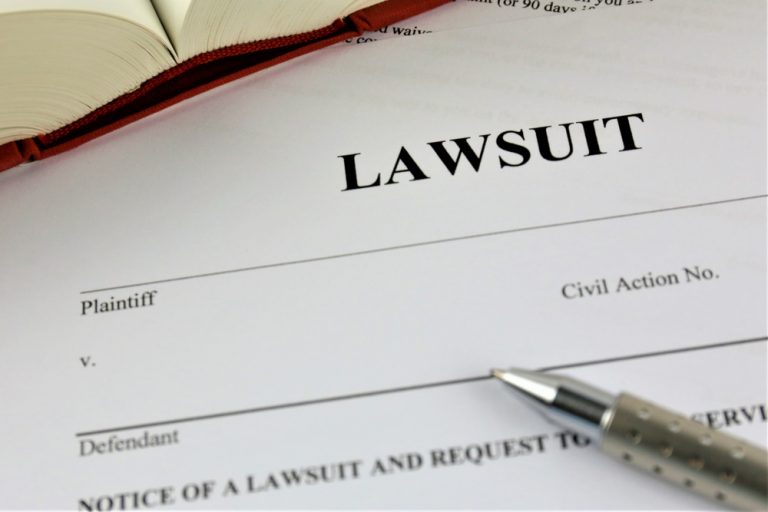Chapter 558 Pre-Suit Notice May Trigger an Insurer’s Duty to Defend and Indemnify
Chapter 558 Pre-Suit Notice May Trigger an Insurer’s Duty to Defend and Indemnify
The Supreme Court of Florida recently issued an opinion in Altman Contractors, Inc. v. Crum & Forster Specialty Ins. Co., No. SC16-1420, 2017 WL 6379535 (Fla. Dec. 14, 2017), which impacts an insurer’s duty to defend and indemnify. The question before the Altman Court was whether the notice and repair process set forth in chapter 558, Florida Statutes, is considered a “suit” within the meaning of the commercial general liability policy issued by Crum & Forster to Altman.
Chapter 558, which is titled “Construction Defects,” sets forth procedural requirements before a claimant may file a lawsuit for a construction defect. For example, upon receipt of a chapter 558 notice of claim, the recipient must serve a written response within the statutorily specified time period, providing an offer to: remedy the alleged defect at no cost; compromise and settle the claim by monetary payment; or compromise and settle the claim by a combination of repairs and monetary payment, among other things.
In Altman, the Court made two key holdings. First, the 558 pre-suit process is not a “suit” under the specific C&F policy provision defining a suit as a “civil proceeding.” The subject policy initially defines “suit” as a “civil proceeding in which damages because of ‘bodily injury,’ ‘property damage’ or ‘personal and advertising injury’” are claimed. Because the chapter 558 notice and repair process cannot be considered a civil proceeding under the policy terms (because the recipient’s participation in the 558 settlement process is not mandatory or adjudicative), it does not qualify as a “suit” under the policy’s terms as a threshold issue.
Second, while a 558 pre-suit notice does not qualify as a “suit” under the policy provision mentioned above, the Court found that it doesqualify as a “suit” under the policy provision defining the term as “any other alternative dispute resolution proceeding.” Chapter 558 falls within the broader definition of “suit” because it is a statutorily required pre-suit process aimed to encourage the claimant and insured to settle claims for construction defects without resorting to litigation. Because the Florida Legislature created chapter 558 as an alternative method of resolving construction disputes, the Court concluded that the chapter 558 process is an “alternative dispute resolution proceeding” within the plain meaning of that policy term.
This second holding could, depending on how broadly a particular policy is worded, require insurance companies to provide their insureds with indemnification and a defense through the chapter 558 process and prior to the commencement of formal litigation or arbitration. While this decision may be beneficial to contractors, subcontractors, suppliers, design professionals, and owners, it is their insurers who would ultimately foot the bill. Because the Altman decision broadens the definition of “suit” to potentially include the 558 notice process (depending on how broadly the policy language is drafted), insurers would be well-advised to revisit their policy terms and definitions, specifically with respect to defining a “suit.” Post-Altman, insurers should be especially cognizant of the chapter 558 process potentially triggering their duty to defend and indemnify before suit is even filed.









